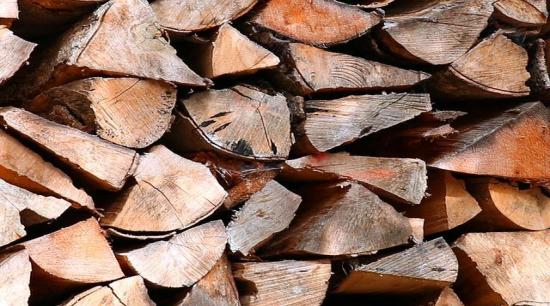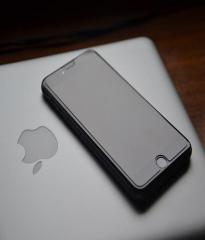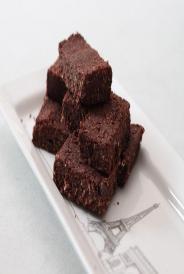In a shocking bit of irony, it turns out that consumers who have made an effort to reduce the waste caused by the over use of plastic bags at supermarkets by purchasing and using re-usable shopping bags may be exposed to small amounts of lead from those so-called environmentally safe bags.
In what seems like another one of almost daily dire warnings of the harm that the products we come in contact with everyday can cause, the latest on the list is reusable synthetic bags which might contain small traces of lead.
The real worry, however, is not so much that consumers using the bags might come to harm by their exposure to lead, but what will happen when the bags are eventually discarded and begin to accumulate in landfills. Congress and environmental groups are concerned that the trace amounts of lead found in these bags can harm the environment as they begin to decompose in the landfills around the country.
Consumers don’t seem to be too worried, and are continuing to use them, arguing that since the bags are not meant to be tossed by to be used over and over again; and because the amounts of lead are so small, they see little to be really worried about.
Charles Schumer, Democratic Senator from New York disagrees with this permissive attitude.
“When our families go to the grocery store looking for safe and healthy foods to feed their kids, the last thing they should have to worry about are toxic bags,” he said.

 Recent research has confirmed what cat owners, have always known: that cats are elegant, efficient and ingenious when it comes to their personal habits and hygiene.
Recent research has confirmed what cat owners, have always known: that cats are elegant, efficient and ingenious when it comes to their personal habits and hygiene.  Knuckle cracking refers to the action of moving joints in such a way that they produce a sharp popping sound. This is most common in the form of deliberate knuckle cracking, but it can also happen in other joints throughout the body such as in between the neck and back vertebrae, in the wrists, elbows, toes, shoulders, knees or jaw. Sometimes, loud popping sounds can be caused unintentionally, as a result of the snapping of tendons or scar tissue over a prominence such as a hip.
Knuckle cracking refers to the action of moving joints in such a way that they produce a sharp popping sound. This is most common in the form of deliberate knuckle cracking, but it can also happen in other joints throughout the body such as in between the neck and back vertebrae, in the wrists, elbows, toes, shoulders, knees or jaw. Sometimes, loud popping sounds can be caused unintentionally, as a result of the snapping of tendons or scar tissue over a prominence such as a hip. Did you know that every cell phone comes with a warning that it might be unhealthy to hold the phone near your head or stuffed in your pocket? This warning about the hazards of cell phone use comes on a tiny slip of paper which you probably barely even noticed when you unpacked your phone, right before you either held it next to your ear to make a call, or stuffed in your pocket so you could take it with you, since it is called a ‘mobile’ phone in some places.
Did you know that every cell phone comes with a warning that it might be unhealthy to hold the phone near your head or stuffed in your pocket? This warning about the hazards of cell phone use comes on a tiny slip of paper which you probably barely even noticed when you unpacked your phone, right before you either held it next to your ear to make a call, or stuffed in your pocket so you could take it with you, since it is called a ‘mobile’ phone in some places. Dr. Yana-Shapiro, a researcher from Mars, has claimed that if higher-yielding cacao trees are not engineered, the chocolate demand would overcome the supply within the next fifty years. He also stated that strains such as these could help farmers’ welfare in the appropriate regions. Luckily, the genome of the cacao tree has been released to the public this past September. The accessibility of the genome will probably lead to better tasting, healthier chocolate.
Dr. Yana-Shapiro, a researcher from Mars, has claimed that if higher-yielding cacao trees are not engineered, the chocolate demand would overcome the supply within the next fifty years. He also stated that strains such as these could help farmers’ welfare in the appropriate regions. Luckily, the genome of the cacao tree has been released to the public this past September. The accessibility of the genome will probably lead to better tasting, healthier chocolate.